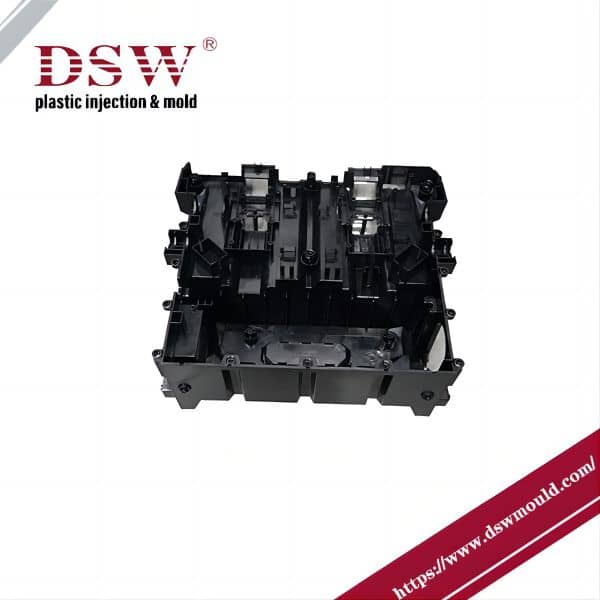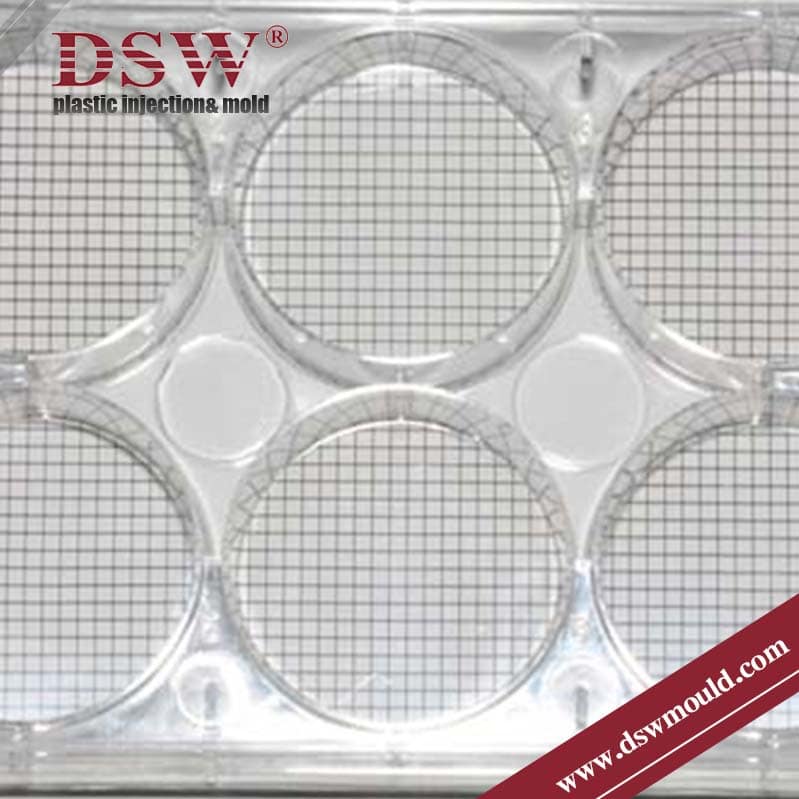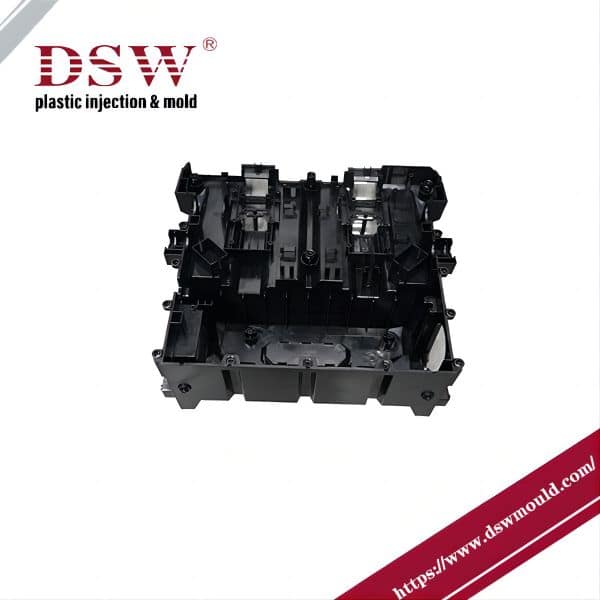power tools mold
A power tools mold, also known as a power tooling mold, is a specific type of mold used in manufacturing power tools.
Power tools are handheld or portable devices that are powered by electricity, compressed air, or other power sources
DSW has industry experience in power tool mold manufacturing and total injection molding solutions for power tools.
We have expertise in designing and producing injection molds specifically for power tool components.

Advantages
Mold Design: DSW has experienced mold designers who can create molds that optimize the production process, considering factors such as part geometry, material flow, cooling channels, and ejection mechanisms.
Manufacturing Expertise: DSW has the necessary manufacturing capabilities and technologies to produce high-quality power tool molds.
Cooling System: Power tool moulds incorporate an efficient cooling system to control the temperature during the moulding process.
Venting: Proper venting is crucial to allow the escape of air and gases during the injection molding process.
Parting Line and Gate Design: The parting line is the separation point between the two halves of the mold. The gate, which is the entry point for the molten material, is strategically placed along the parting line. The parting line and gate design should minimize visible gate marks and ensure proper mould cavity filling.
Precision and Tolerance: Power tool molds are engineered to maintain tight tolerances, ensuring consistency and accuracy in the dimensions of the molded parts.
Power Tool Molds We Serve
Power tool molds are specialized molds used to produce the plastic components and casings for various power tools, such as drills, saws, sanders, grinders, and more. These molds are essential for ensuring power tools have durable, precise, and ergonomic parts that meet high safety and performance standards.
1. Power Tool Housings and Casings
Power tool molds are commonly used to manufacture exterior housings and protective casings for tools. These casings are designed to be rugged, impact-resistant, and capable of withstanding high temperatures, ensuring that the tool remains safe and functional even under heavy use.
Typical materials include ABS, polycarbonate (PC), and nylon, which provide a balance of durability, heat resistance, and electrical insulation.
2. Internal Components
Beyond housings, power tool molds are also used to produce internal plastic components that support the electrical and mechanical assemblies inside the tool. This includes parts like **mounting brackets, insulating shields










